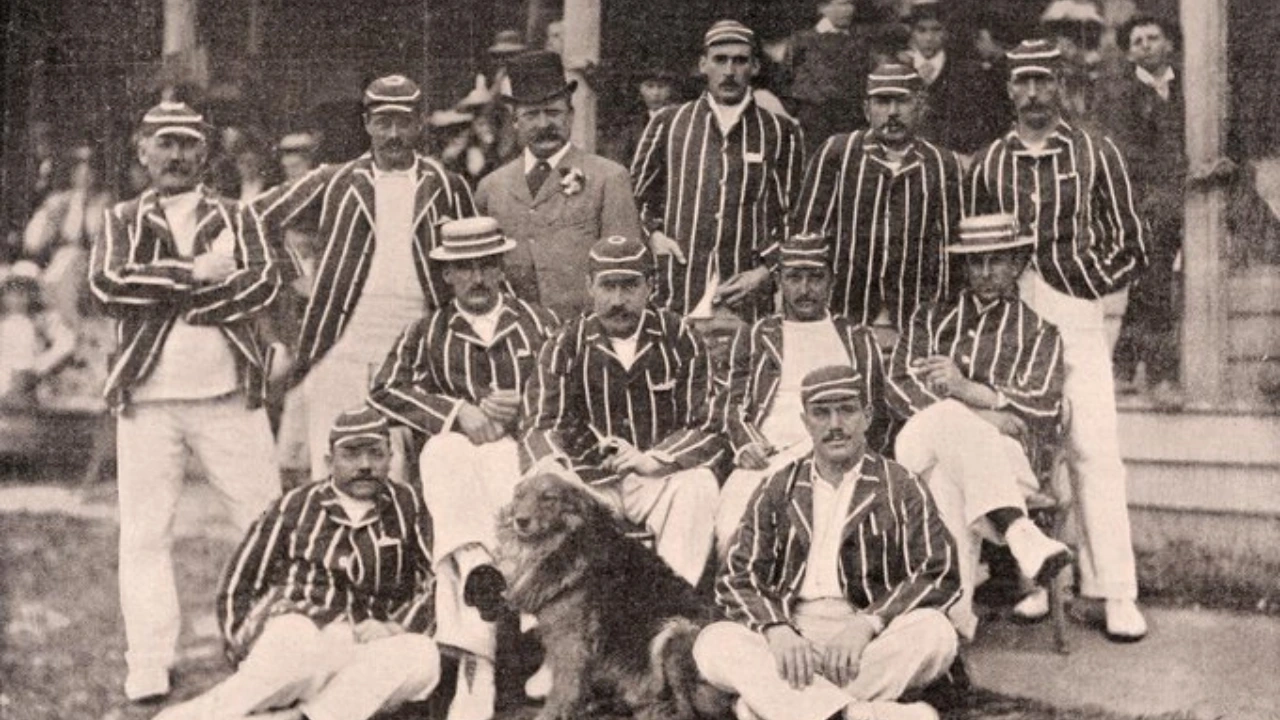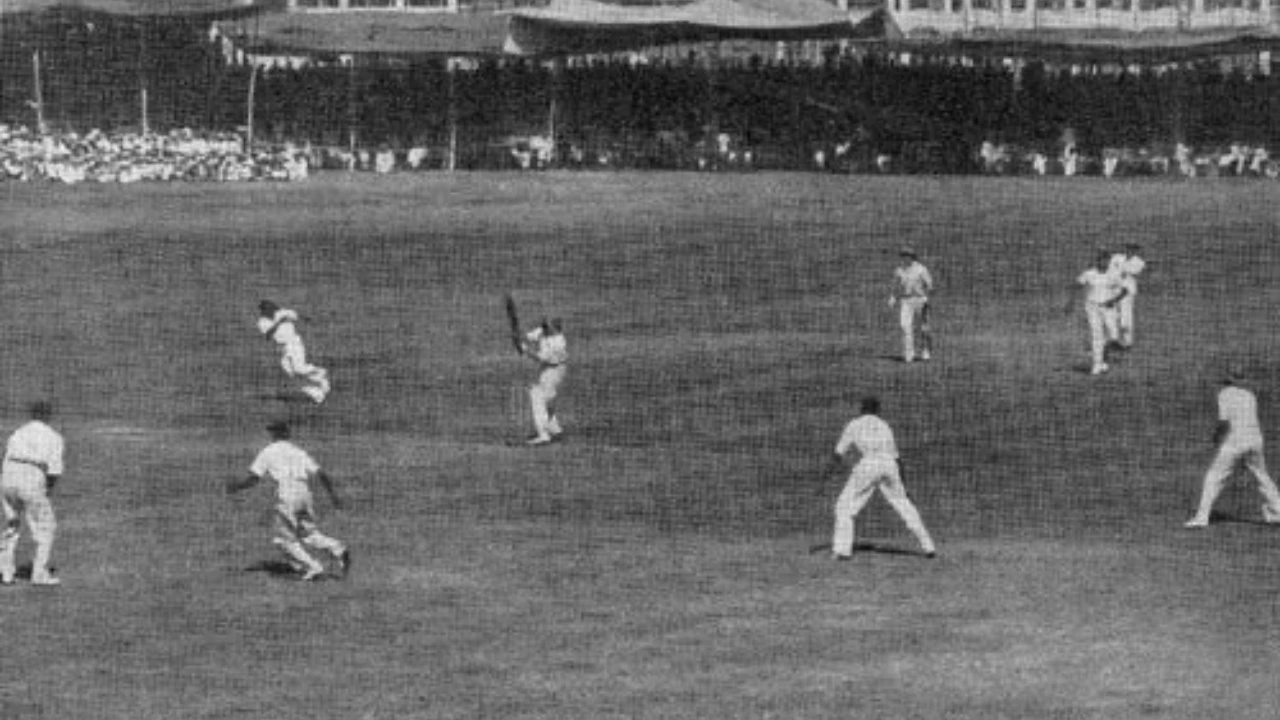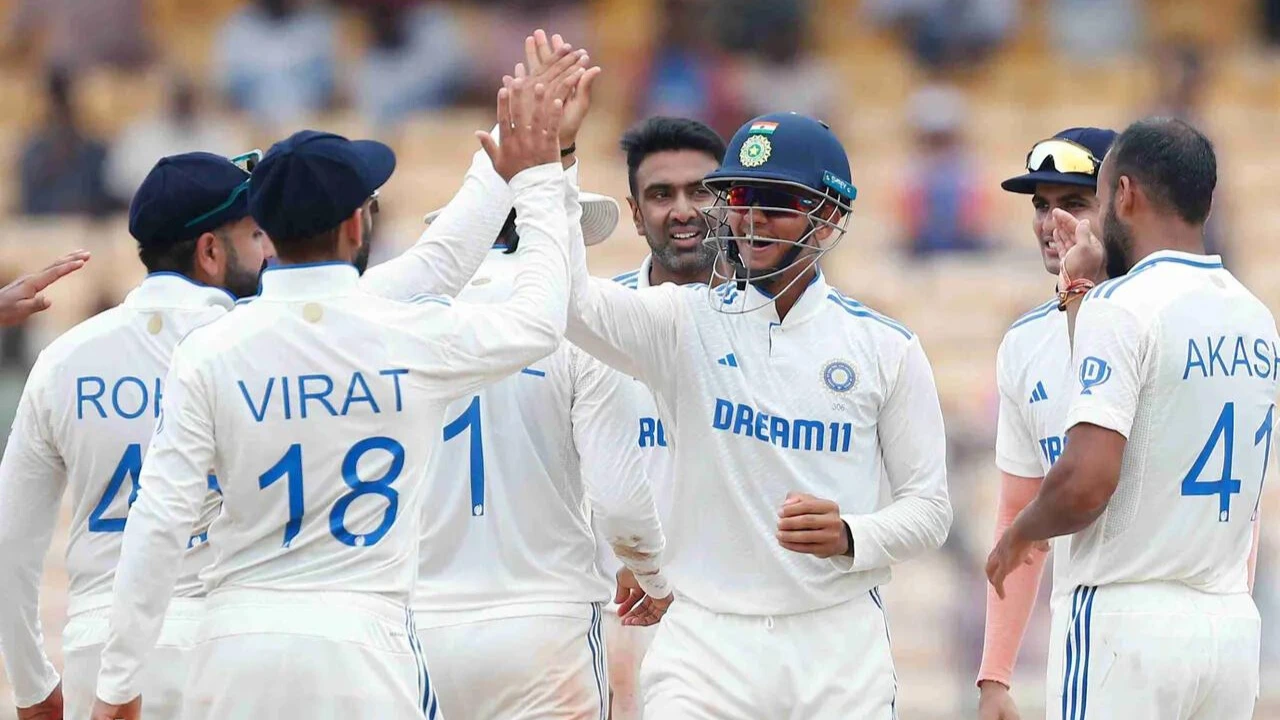The Significance of Test Cricket
1. The Origins of the Game: Test cricket is the oldest form of the sport, with its origins dating back to 1877 when the first official Test match was played between England and Australia. This rich history lends a sense of tradition and prestige to Test cricket, unmatched by shorter formats like One Day Internationals (ODIs) and Twenty20 (T20) matches.

In pic: 1894, England became the first team to win a Test match vs Australia
2. The Ultimate Test of Skill and Endurance: Test cricket is played over five days, with each team batting twice (if necessary) and the possibility of a draw always looming. This extended format tests the players' technical skills, mental toughness, and physical endurance. It requires a deep understanding of the game and the ability to adapt to changing conditions over multiple days, making it the ultimate challenge for cricketers.
3. Strategic Depth: Test cricket allows for intricate strategies and long-term planning, unlike shorter formats. Captains and coaches must think several steps ahead, making decisions that can impact the match's outcome. This strategic depth is a significant part of what makes Test cricket so fascinating to watch and play.
4. Celebrated Rivalries and Iconic Moments: Test cricket has been the stage for some of the sport's most celebrated rivalries and iconic moments. The Ashes series between England and Australia, India's tours of Australia, and the West Indies' dominance in the 1980s are just a few examples. These historic contests have produced countless memorable moments that have become part of cricketing folklore.

In picture: Joe Root (England)
5. The Purest Form of the Game: Many purists regard Test cricket as the truest form of the sport. It's where the traditional techniques and styles of cricket are most valued, and where players are judged on their ability to perform under the most challenging conditions. Test cricket maintains the essence of the sport, preserving its heritage and values.
What You Need to Know About Test Cricket
1. The Basics of the Game:

In pic: India vs England at the historic Bombay Gymkhana ground on 15 December 1933.
- Format: Test matches are played over five days, with each team having the opportunity to bat and bowl twice. The team with the highest aggregate runs wins the match unless it ends in a draw or a tie.
- Sessions: Each day is divided into three sessions, with breaks for lunch and tea. The timing and nature of these sessions can significantly impact the game.
- Over Limit: There is no limit to the number of overs a team can bowl or bat, which allows for more strategic flexibility.
2. Key Rules and Regulations:
- Follow-On: If the team batting second is dismissed for a score that is significantly lower than the first team’s score, the first team can enforce a "follow-on," requiring the second team to bat again immediately.
- Declaration: A team can declare their innings closed at any time, allowing the opposition to bat. This is often used as a strategic move to set a challenging target.
- Draws and Ties: Unlike limited-overs cricket, a Test match can end in a draw if neither team can complete two innings in the allotted five days. A tie is extremely rare but occurs if both teams score the same number of runs in their two innings.
3. The Role of Conditions:

- Pitch and Weather: The condition of the pitch and the weather play crucial roles in Test cricket. Pitches can deteriorate over five days, becoming more challenging to bat on. Weather conditions, such as cloud cover and humidity, can also impact the game, particularly for swing and seam bowlers.
- Home Advantage: Playing at home often provides a significant advantage due to familiarity with local conditions. Teams tailor their strategies based on whether they are playing at home or away.
4. Iconic Test Venues:
- Lord's (England): Known as the "Home of Cricket," Lord's is one of the most prestigious venues in the world.
- Melbourne Cricket Ground (Australia): The MCG is famous for hosting the Boxing Day Test and its vast capacity.
- Eden Gardens (India): One of the largest and most passionate crowds in cricket, Eden Gardens is known for its electric atmosphere.
- The Gabba (Australia): Renowned for its fast and bouncy pitch, making it a fortress for the Australian team.
Read the article - Top 10 Largest Cricket Stadiums Around the Globe
5. Legendary Players: Test cricket has seen some of the greatest players in the history of the sport. Legends like Sir Don Bradman, Sachin Tendulkar, Shane Warne, and Brian Lara have left indelible marks on the game with their extraordinary performances.
Read the article - Sachin Tendulkar: King of the Straight Drive
Test cricket holds a unique and significant place in the world of sports. Its rich history, the ultimate test of skill and endurance, strategic depth, celebrated rivalries, and the purest form of the game make it truly special. Understanding the basics, key rules, conditions, iconic venues, and legendary players provides a deeper appreciation of why Test cricket continues to captivate fans around the globe.
Article Main Picture Credits: www.bcci.tc
Pictures Credits: Twitter X / ICC

